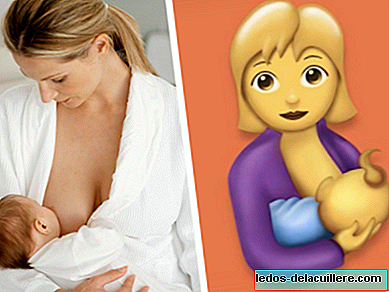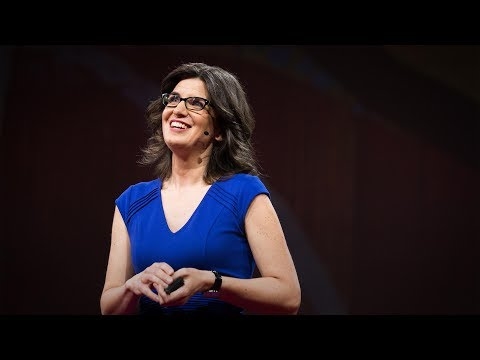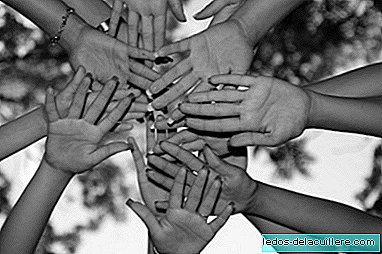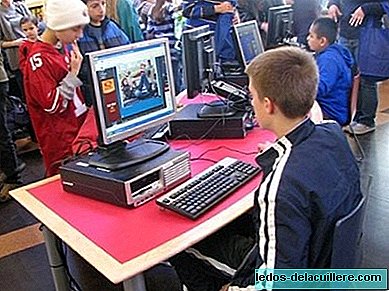
How many times have you gone crazy with the baby's crying without knowing what was wrong with him? Surely you have done like all parents, start discarding, change the diaper, check that he is not hungry, see if he has a fever ... and if everything is well surely you have thought, If babies could tell us what's wrong with them!
Since crying is also the indicator of various pathologies, a team of Mexican researchers have decided to create software that detects diseases from the crying of the baby. Thanks to it, problems such as hearing loss or deafness, asphyxiation or hyperbilirubinemia can be detected, with an accuracy of up to 95% during the first six months of the baby's life.
The creators belong to the Mexican National Institute of Astrophysics, Optics and Electronics (INAOE) and have dedicated themselves to studying the crying of babies with different types of diseases to extract acoustic characteristics and to classify the different types of crying.
“Once our models were trained, they were tested with a sample of unknown babies and so they determined what kind of crying they belonged to and if there was any condition, according to the previous classification we made” (Carlos Alberto Reyes García, doctor in Computer Sciences).

How does it work?
In order to better understand the operation of this software, it must be taken into account that each complete cry sample is divided into small segments. Each of them is extracted its acoustic characteristics with data vectors, then they are passed to the classification models and thus it is determined what type of crying it is.
How is the baby's cry measured?
The researchers took as a sample children between two and six months and recorded their crying. From these they extracted parameters such as frequencies, vibrates, silences and types of melodies. With them, the computational models could detect in just a few seconds if the babies had a hearing impairment or a disease such as hyperbilirubinemia.
They also detected variations in the crying of babies with different mother tongue, which raises questions about whether there is a linguistic learning of the baby since she is in the womb and if the mother's language influences the type of crying.
Undoubtedly, this research is a great advance in diagnoses at an early age and can thus be able to treat the pathology as soon as possible although it is already known that nobody knows the baby's crying better than his own parents. In addition, all technological advances must be used with caution and without replacing the usual visit to the pediatrician.












